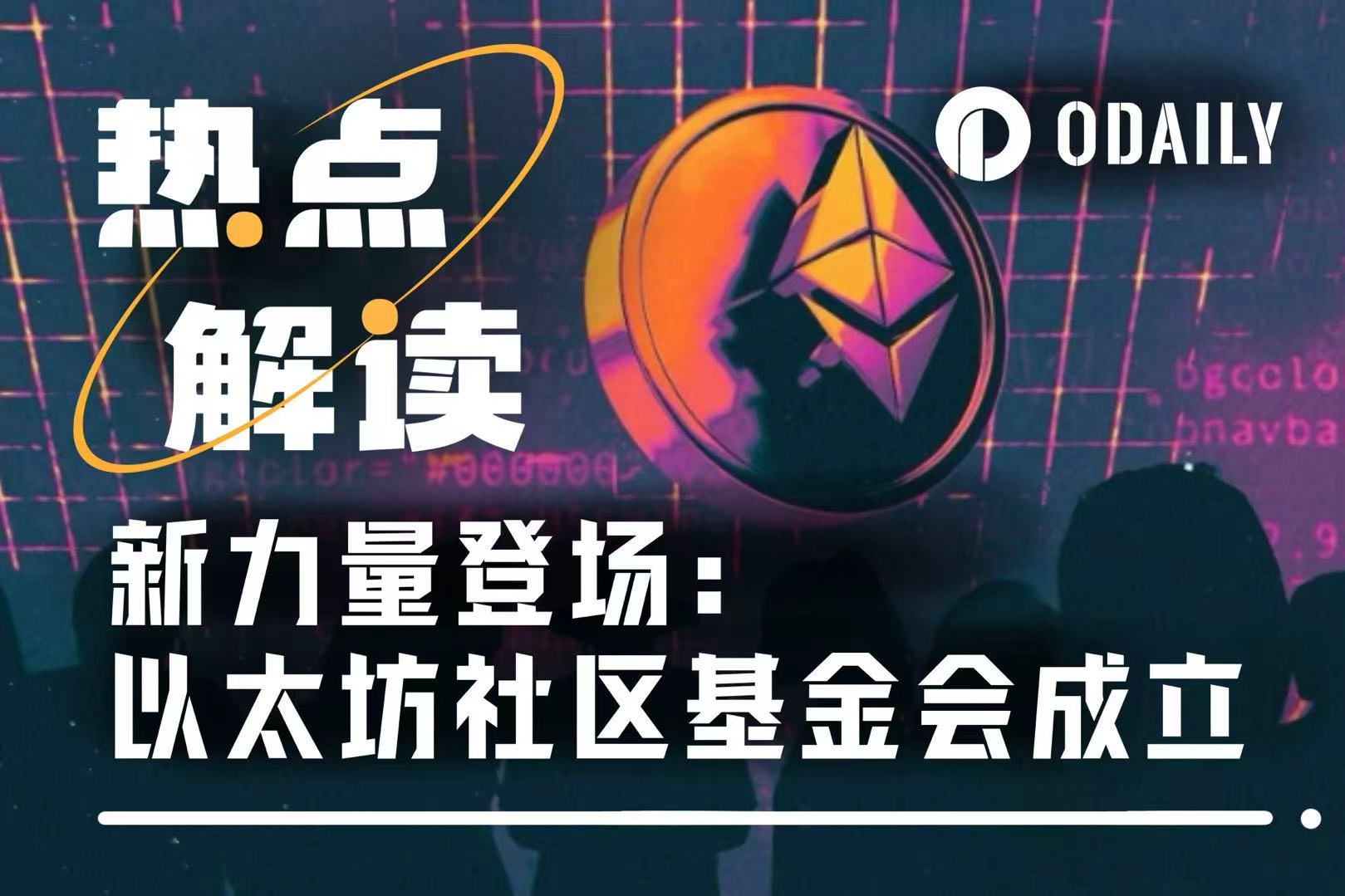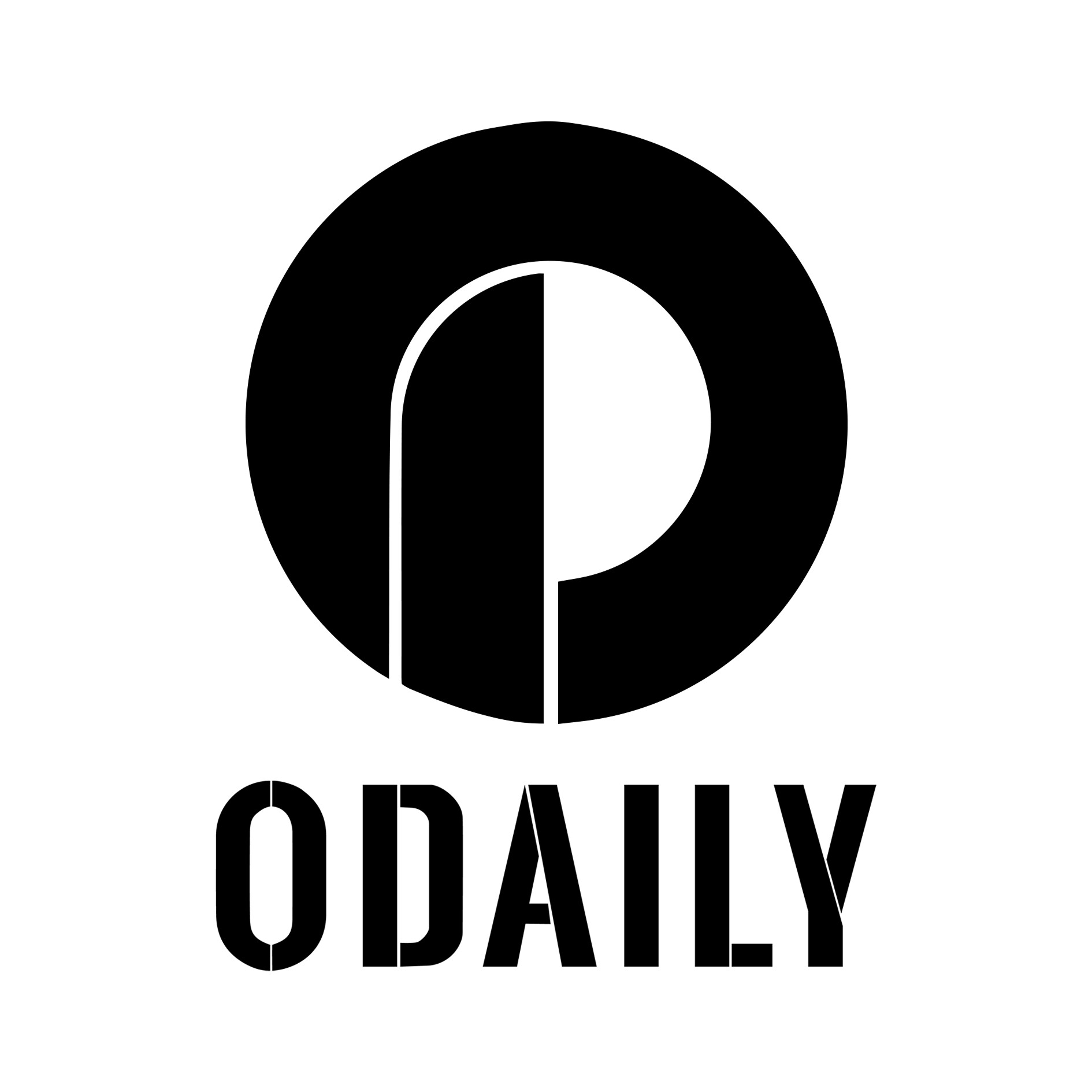Shouted ETH rushed to $10,000, and the challenger ECF made a strong debut
Original | Odaily Planet Daily (@OdailyChina).
Author | Dingdong (@XiaMiPP).

On July 1, on the stage of the ETHCC conference in France, Ethereum core developer Zak Cole announced the establishment of the "Ethereum Community Foundation (ECF)" to drive the price of ETH up, and shouted the slogan "ETH will rise to $10,000".
ETH's recent price performance has been really good, especially in early May, when it soared by more than 40% in a single day. The small goal of returning to $3,000 in the short term seems to have become an obsession with the "E Guard". But behind this craze, there is actually a deeper story of value belonging and self-repair.
ECF: Speak for coin holders
Zak Cole does not hide the ECF's positioning and ambitions: "It is not an extension of the Ethereum Foundation (EF), but a new force designed to 'correct deviations'. We say what EF wouldn't dare to say and do what they don't want to do. We serve ETH holders because you deserve better. ”
ECF's mission is clear: to drive institutional adoption of Ethereum infrastructure, accelerate ETH burn mechanisms, and increase ETH market value.
ECF has raised millions of dollars in ETH funding and plans to prioritize funding for "neutral, immutable, token-free" public technology projects, with a focus on supporting critical infrastructure such as tokenized real-world assets (RWAs) and fixing blob space pricing mechanisms.
Despite the limited size of fundraising, ECF has introduced a "token voting" mechanism in governance to ensure that the flow of funds is open and transparent. Its first funding project is the "Ethereum Validator Association", which aims to provide resources and channels for the validator community to speak out, and provide institutional guarantees for network operators. This move not only responds to the community's demand for transparent governance, but also injects new vitality into the Ethereum ecosystem.
The Ethereum Foundation's Old Problems: The Centralization Dilemma and the Transparency Crisis
The birth of ECF is more like a clear challenge to the long-standing ills of the Ethereum Foundation.
The Ethereum Foundation, which has been established for 11 years, has been a solid backing for the development of Ethereum. But in recent years, it has been criticized for over-indulging in long-term research and ignoring the short-term needs of users and developers. Even more dissatisfying is its centralized governance structure and opaque decision-making mechanism.
Ethereum developers Péter Szilágyi has had a dispute with Tomasz Stańczak, co-executive director of the Ethereum Foundation. Szilágyi said that as a key member of the development team for Geth (Go Ethereum's main client software), the Foundation has repeatedly proposed to bid $5 million in the past for the Geth team to be spun off from the Foundation and operate independently. A similar transfer of funds has happened to Parity, another Ethereum client development company. The Ethereum Foundation's long-term "diversification" strategy for client development may be intended to reduce the risk of single-point dependency, but it also exacerbates the friction between internal resource allocation and power negotiation.
The bigger governance chaos is reflected in the Ethereum Foundation's organizational structure itself. Christine Kim, former vice president of Galaxy Digital, has openly questioned the opacity of EF's organizational structure: Tim Beiko, Barnabé Monnot, Alex Stokes and others juggle the dual tasks of "coordinating L1 and L2 scaling" and "leading the R&D team." In addition, Christine had doubts about the details of the architecture diagram, such as whether the bold name is the team leader, and the purpose of highlighting some of them, including the puzzle of the color grouping logic, such as why the consensus mechanism and account abstraction are grouped together, but the stateless consensus is not included; There is no clear explanation as to why Testing is grouped with pandaops and Security is not.
Another point that the Ethereum Foundation has been criticized for is the "selling of coins". As a core supporter of the Ethereum ecosystem, EF owns a large amount of ETH to sustain operations and fund development. However, the question among community members is why they choose to sell directly instead of staking DeFi (such as Aave) to earn yield, not to mention the fact that EF's coin selling behavior is often accompanied by ETH price movements, which makes market sentiment sensitive and vulnerable. Some argue that EF's sell-off was in response to operating expenses; There are also concerns that this may be a sign of a lack of strategic planning.
Data shows that the Ethereum Foundation spent as much as $134.9 million in 2023 to fund projects such as mainnet upgrades and zero-knowledge proofs, but it delivered an unsatisfactory answer in terms of funding transparency.
Struggling Self-Healing: EF's Path to Transformation
Under the many doubts, the Ethereum Foundation also began to take the initiative to change.
At the beginning of 2025, its internal governance and personnel structure began to loosen. On March 10, Hsiao-Wei Wang officially joined the Board of Directors of the Ethereum Foundation. The female technology leader, who has grown from a core researcher to an Asia-Pacific community ambassador to a co-executive director, complements Nethermind founder Tomasz Stańczak and symbolizes EF's transition from "Vitalik unipolar authority" to "technology + infrastructure" governance. Wang Xiaowei is deeply engaged in shard expansion and the Asia-Pacific ecosystem, while Tomasz focuses on client development and MEV mechanism optimization, which is a combination of "Eastern technology geeks + Western infrastructure architects", which is considered to be EF's active choice to deal with ecological fragmentation. Related Reading: Who Will Save Ethereum from the "Midlife Crisis"? Can Wang Xiaowei help? 》
On June 3, the Ethereum Foundation announced a major reorganization of its research and development team, laying off some of its staff, and renaming the department "Protocol" to focus on the core challenges of protocol design. This change is in response to ongoing community criticism of the Foundation's stewardship and strategic direction.
The restructured Protocol team will work around three priorities: scaling the scalability of Ethereum's underlying network, advancing blobspace scaling in a data availability strategy, and improving the user experience. The restructured team will also focus on increasing transparency in upgrade timelines, technical documentation, and research.
Although the number of layoffs has not been disclosed, it is a "broken arm to survive" type of organizational remodeling. Wang Xiaowei has publicly expressed the hope that the new structure will push the core project forward more efficiently.
However, in response to the Ethereum Foundation's layoff plan and subsequent development direction, Kyle Samani, co-founder of Multicoin Capital, reminded that there is a tension between the Ethereum Foundation's new goals: if layoffs, restructuring, and promotion of multiple projects at the same time weaken concentration?
Of course, reform doesn't stop at the organizational level. On June 5, the Ethereum Foundation released the latest version of its fiscal policy document, clarifying its asset management strategy, ETH sale mechanism, and long-term commitment to the DeFi ecosystem. The document notes that EF is currently setting annual operating spending at 15% of the total fiscal balance, retaining a 2.5-year spending buffer, and will gradually transition to a long-term spending level of 5%, emphasizing increased support during market downturns, and restraint in a bull market.
In terms of crypto asset allocation, EF will give priority to supporting secure, decentralized, and open-source DeFi protocols, using methods such as wETH staking, stablecoin lending, etc. to obtain reasonable returns, and explore Tokenized RWA (tokenized real asset) allocation. At the same time, EF explicitly supports the concept of "Defipunk", encourages KYC-free, self-custodial, and privacy-friendly DeFi protocols, and plans to use privacy standards, decentralized UI, and anti-censorship mechanisms as the core evaluation criteria for fund deployment.
EF said that its own financial management will gradually adopt decentralized, privacy-friendly tools and workflows to "live" the crypto values it advocates and continue to provide long-term stable support for the Ethereum ecosystem.
In the coming year, the Ethereum Foundation's work will focus on two core pillars: core values and strategic goals, underpinned by technical excellence, to drive the long-term success of the Ethereum ecosystem. Specific highlights include:
-
Scaling the Ethereum mainnet (L1) and data scaling (Blobs);
-
improve user experience (UX) to enhance L2 interoperability and application layer development;
-
Promote the developer experience (DevEx) and enhance the exposure and support of applications and L2 projects on platforms such as Devcon.
In addition, the Ethereum Foundation will accelerate the path for developers, entrepreneurs, and institutions to build and adopt Ethereum, leveraging EF's knowledge and leadership to attract and nurture the next generation of builders.
New Narrative: The Emergence of Ethereum as an "Institutional Asset".
In addition to the governance adjustments, it is worth noting that Ethereum is ushering in a larger narrative transformation: ETH is changing from a "development fuel" to an "asset reserve". U.S.-listed companies such as SharpLink, Siebert Financial, Treasure Global, and others are adding ETH to their balance sheets.
At the same time, institutions such as BlackRock's BUIDL fund, Securitize platform, and Franklin Templeton's BENJI fund are also actively building asset channels with ETH as the underlying architecture, and deploying tokenized financial infrastructure with the help of the Ethereum network.
In this megatrend, the ECF was not established to overthrow EF, but to complement a force that is closer to market efficiency and more appropriate to the financial context. While EF is still coordinating documentation and research routes, ECF accelerates ETH's path to appreciation through a mechanism close to the market.
Between the two, it is not a zero-sum game, but a more complex and real synergistic tension. On the one hand, there are traditional foundations that are self-correcting and trying to rebuild credibility, and on the other hand, there are emerging forces calling for efficiency and market mechanisms. When we turn our attention back to Ethereum, it is no longer a single-direction project, but a more complex, multipolar technology and power structure.
